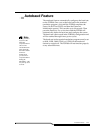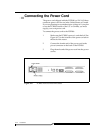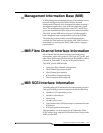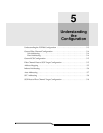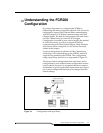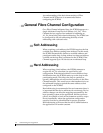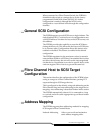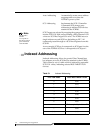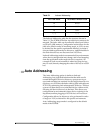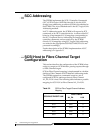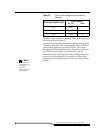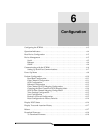
General SCSI Configuration 5-5
When connected to a Fibre Channel Switch, the FCR200 is
identified to the switch as a unique device by the factory
programmed World Wide Name (WWN). No further
configuration is needed, although the WWN can be
configured to a user-defined value through the configuration
interface.
General SCSI Configuration
The FCR200 appears on each SCSI bus as a single initiator. The
default initiator ID is 7, and can be set via configuration to any
valid SCSI address. No other devices on the SCSI bus may use
this address.
The FCR200 provides the capability to reset the SCSI buses
during the boot cycle. This allows the devices on a SCSI bus to
be in a known state. Configuration allows this feature to be
enabled or disabled. This feature is enabled in the default
configuration.
The FCR200 negotiates for the maximum values for transfer
rates and data width on a SCSI bus. If an attached device does
not allow the full rates, the unit will use the rates negotiated
for that device. Negotiation is on a device specific basis, so the
unit can support a mix of device types on the same bus.
Fibre Channel Host to SCSI Target
Configuration
This section describes the configuration of the FCR200 when
acting as a target to a Fibre Channel Initiator, passing FCP
requests through to SCSI target devices.
This is configured as the default, using soft addressing on the
Fibre Channel loop and auto addressing for the target device
mapping. Auto addressing is described further in this section.
The FCR200 automatically detects if it is connected to a loop
or a switch, and will use the appropriate type without further
configuration.
Address Mapping
The FCR200 supports three addressing methods for mapping
SCSI targets to Fibre Channel Hosts:
Indexed Addressing Allows you to edit and maintain a
static address mapping table.



